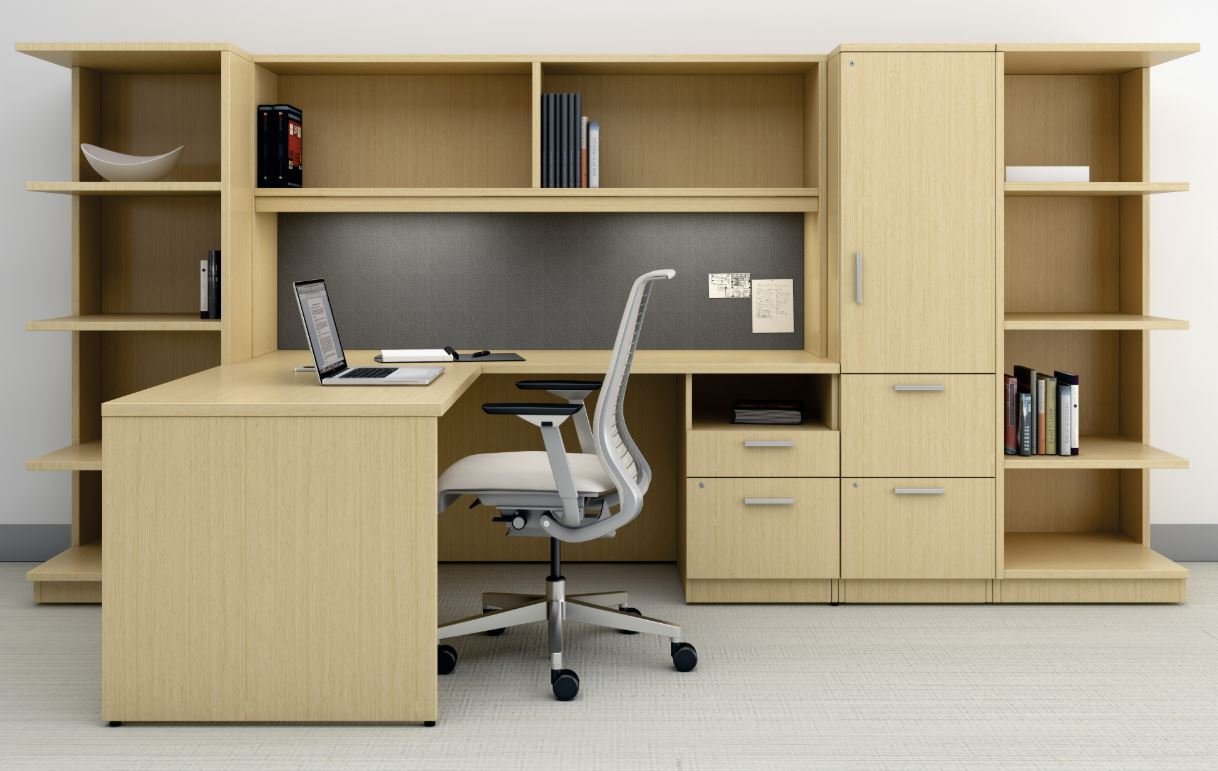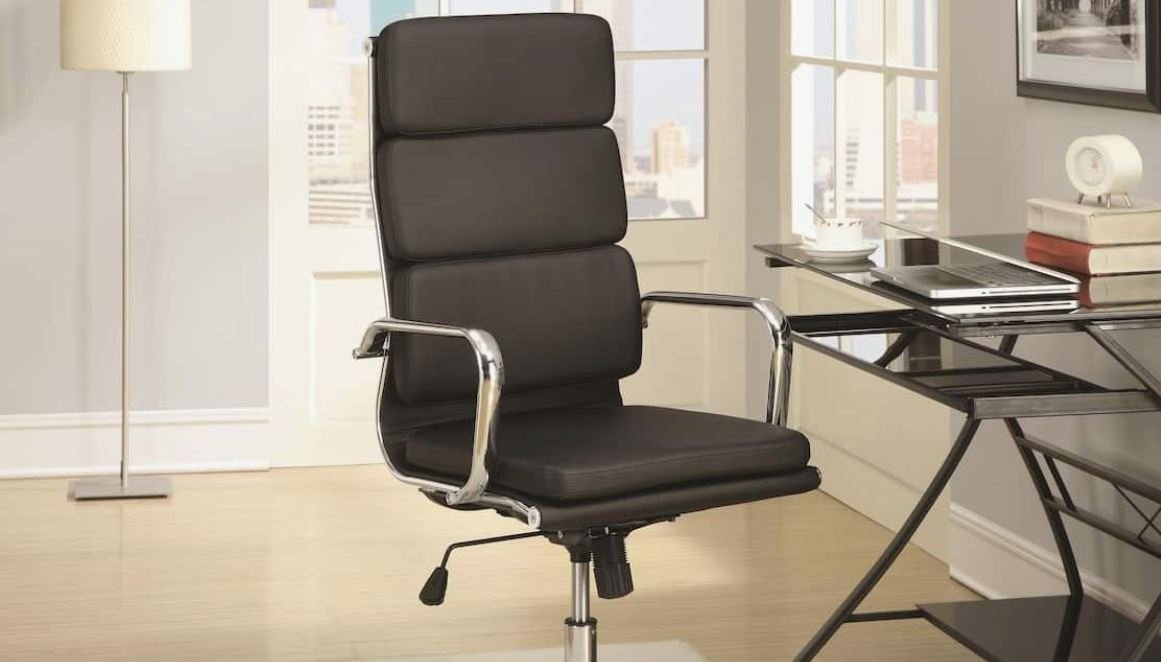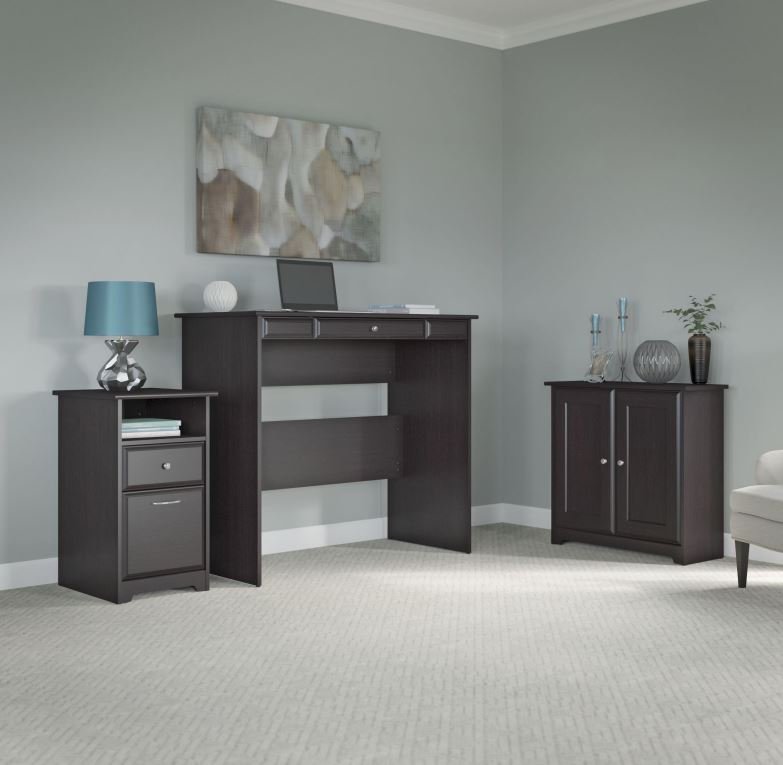
In today’s corporate world, the design of an executive table plays a crucial role in defining the overall aesthetics and functionality of an office. The Executive Table Design is not just about appearance; it is about creating a workspace that promotes efficiency, comfort, and a professional atmosphere. A well-designed executive table reflects the status and personality of the user while enhancing productivity. With businesses evolving rapidly, offices require furniture that complements the fast-paced work environment. Ergonomic considerations, storage needs, and material quality all contribute to making an executive table truly functional. The right design can help executives organize their workspace effectively, offering ample room for documents, devices, and personal accessories while maintaining a sophisticated appearance. Whether it’s a minimalistic glass-top table or a traditional wooden design, each executive table must align with the office’s branding and work culture.
Key Features of a Well-Designed Executive Table
An executive table should blend form and function seamlessly. The Executive Table Design must cater to the specific needs of professionals who spend long hours at their desks. A few key features that define an excellent executive table include durability, ergonomics, ample storage, and cable management. Durability ensures that the table remains sturdy and long-lasting, even with daily use. High-quality materials like hardwood, metal, and tempered glass enhance the strength and appearance of the table. Ergonomics is another critical factor, as executives need a workspace that supports their posture and reduces strain on the body. Height-adjustable options, comfortable leg space, and a smooth work surface contribute to a healthy work environment. Storage solutions like drawers, cabinets, and shelves provide ample space to keep documents and office supplies organized. Lastly, modern executive tables come with built-in cable management systems that prevent clutter, making it easy to connect devices and keep wires out of sight.
Choosing the Right Material for Executive Table Design
Selecting the right material is essential when investing in an executive table. The material impacts the table’s durability, maintenance, and overall look. Wooden executive tables are timeless and exude elegance, making them a preferred choice in traditional office settings. Mahogany, walnut, and oak are commonly used for their rich textures and durability. On the other hand, metal and glass executive tables give a modern and sleek appeal, often used in contemporary office designs. Metal provides a sturdy base, while glass adds a touch of sophistication. For those who prefer sustainability, eco-friendly materials like bamboo and reclaimed wood are excellent options. These materials not only contribute to an aesthetically pleasing design but also align with environmentally responsible business practices. The choice of material should complement the office décor while ensuring ease of maintenance and long-term durability.
Enhancing Office Aesthetics with Executive Table Design
A well-crafted Executive Table Design can significantly enhance the aesthetics of an office space. It serves as the focal point of an executive’s workspace and should complement the surrounding furniture and interior design. The shape, color, and finish of the table should align with the office theme. Rectangular executive tables are the most common, offering a professional and structured look. However, L-shaped and U-shaped executive tables provide more workspace and are ideal for those who require additional room for multitasking. The color palette of the table should match the office’s overall color scheme. Dark wood finishes convey a sense of authority and sophistication, while lighter shades create a more open and inviting atmosphere. The finish of the table—whether matte, glossy, or textured—also contributes to its visual appeal. Attention to these details ensures that the executive table becomes a statement piece in the office, reinforcing the company’s professionalism and work culture.
Customization Options for Executive Table Design
One of the best ways to ensure that an executive table meets specific requirements is through customization. Custom-designed executive tables allow professionals to choose the exact dimensions, materials, finishes, and features that suit their work needs. Many companies offer tailored solutions where clients can select everything from drawer placement to built-in wireless charging stations. Adjustable height features have also become popular, allowing executives to switch between sitting and standing positions for better health and productivity. Smart storage solutions, such as hidden compartments and lockable drawers, provide additional security for important documents. Personalization elements like engraved nameplates, custom color schemes, and integrated lighting can further enhance the uniqueness of an executive table. By investing in a customized Executive Table Design, businesses can create a workspace that perfectly aligns with their corporate identity and functional needs.
The Role of Ergonomics in Executive Table Design
A poorly designed executive table can lead to discomfort and decreased productivity. That’s why ergonomics plays a critical role in Executive Table Design. An executive table should be designed to support a natural sitting posture, reducing strain on the back, neck, and shoulders. Adjustable height settings, proper legroom, and an appropriate desk-to-chair ratio ensure that users maintain a comfortable working position. Additionally, the surface height should allow for easy access to documents and electronic devices without excessive stretching or bending. Many modern executive tables now include ergonomic wrist rests, anti-glare finishes, and angled surfaces to enhance comfort. Proper lighting placement is also a part of ergonomic design, as it helps reduce eye strain. An ergonomically designed executive table not only improves efficiency but also contributes to the long-term well-being of executives who spend extended hours at their desks.
Modern Trends in Executive Table Design
With the evolution of workplace dynamics, Executive Table Design trends continue to adapt to new demands. Minimalistic designs have gained popularity, emphasizing clean lines, uncluttered surfaces, and a sleek look. Open-concept executive tables with floating shelves and transparent panels create a more spacious feel in the office. Another trend is the integration of technology into executive tables. Built-in power outlets, USB charging ports, and wireless charging pads help professionals stay connected without dealing with tangled wires. Sustainable and eco-friendly materials are also gaining traction as businesses shift towards environmentally responsible office furniture. Modular executive tables, which allow users to reconfigure their workspace as needed, provide flexibility for dynamic work environments. These evolving trends ensure that executive tables remain functional, stylish, and relevant in modern office settings.
Conclusion: Investing in the Perfect Executive Table
A well-thought-out Executive Table Design is an investment in workplace efficiency, aesthetics, and professional image. Whether opting for a traditional wooden masterpiece or a contemporary glass-and-metal creation, the right executive table enhances productivity and office ambiance. Key factors such as material selection, ergonomic design, and customization options must be considered to ensure the best fit for an executive’s workspace. As workplace trends continue to evolve, executive tables must keep pace with technological advancements and ergonomic requirements. By choosing a high-quality and well-designed executive table, businesses can create an inspiring and functional workspace that reflects their brand identity and supports executive productivity.



